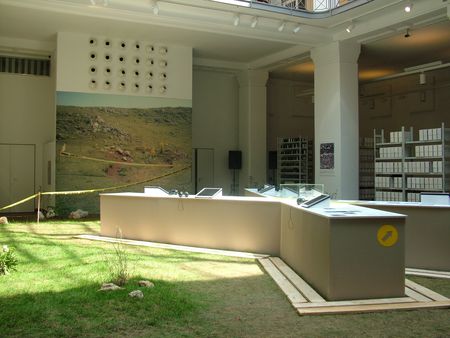July 11 marks the 1995 genocide in the UN Safe Area Srebrenica, when over 8,000 Bosnian Muslim civilians, mostly men and boys were killed and their bodies dumped in primary, secondary and tertiary mass graves by units of the Bosnian Serb Army. More than 25,000 children, women and elderly people were forcibly displaced. Some 1,000 of the missing persons have not yet been found or identified. Despite the fact that the International Criminal Tribunal for the former Yugoslavia (ICTY) convicted 14 individuals for crimes committed in Srebrenica, among them genocide and crimes against humanity, the denial of mass atrocities is still widespread, and some of convicted perpetrators are celebrated as heroes across Serbia and Republika Srpska.
To create a solid documentary evidence and illustrate the organization and military architecture of the genocide, as well as to preserve the memory of the victims, raise awareness and fight oblivion, Blinken OSA, which has substantial and unique collections on the 1992-1995 Yugoslav Wars, organized a public exhibition entitled Srebrenica – Exhumation in 2010. In the simulated exhumation space realized with interior land art technique, the events of July 11-21, 1995 were reconstructed by the help of forensic, legal and other archival documents lined up in a sterile, almost clinical manner. Scientific evidence was complemented by scores of testimonies, personal memories and effects received from relatives of victims and survivors.
Blinken OSA remains committed to work on the ex-Yugoslav region, and specifically on the memory of the Srebrenica genocide by processing, re-archiving and making available its relevant collections to various audiences, primary among them the community of victims and survivors. The symbolic repatriation (of digital surrogates) of records to and archival cooperation with them is our moral and ethical obligation.


